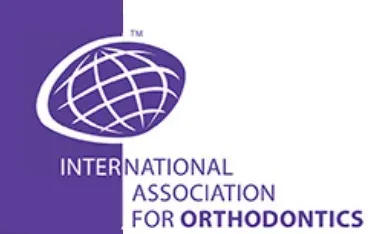May’s Tip

Peripherals in Straight Wire System Back to Basics Part IV Elastomeric Chain (Power Chain)
By Dr. Adrian J. Palencar, MUDr, MAGD, IBO, FADI, FPFA, FICD
May 2022
This monthly tip will review application of the Elastomeric Chain in orthodontics. This force module is the second most popular method used by orthodontic clinicians after the Elastomeric Ligature Tie. There is approximately 50% force degradation of an elastomeric chain the first day after the placement. After three weeks there is about 70% force degradation. The worst degradation occurs with LONG elastomeric chain. Therefore, it is prudent to use only CONTINUOUS and SHORT elastomeric chains instead and change them every two weeks.

The most common applications are closing spaces, retaining the arch integrity, protraction, retraction, and intrusion.
Application of Elastomeric Chain on Twin (Siamese) Brackets
Closing spaces and retaining the arch integrity
It is paramount to end the Elastomeric Chain to the closest tie wing on the terminal tooth and to avoid crossing the long axis of the clinical crown. This prevents undesirable mesio-lingual or disto-lingual moments (rotation).

It is important to remember that the Elastomeric Chain creates lingual moment (de-torques teeth, creates smaller arch), therefore it is suggested to bend a small Rocking chair curve in the anterior sextant, if the clinician desires to maintain the present arch form.
There is an advantage in application of the Elastomeric Chain in spaced dentition or Class II, Division 1, where de-torquing is desirable. Lingual moment (de-torqueing) is about 10° in a .019x.025 arch wire (a .022x.028 slot) and more on the round wire. Lingual moment (de-torqueing) absorbs the space, i.e., open contacts, loose contacts, diastema and if there is no more space interdentally left, the lingual moment will stop. If more de-torqueing is needed, IPR should be considered.
Application of Elastomeric Chain on Self-ligating Brackets
In order to preserve the function of self-ligating brackets, the Elastomeric Chain has to be tied under the arch wire. This position is more hygienic, and the force is applied closer to Center of resistance.

References:
- G. F. Andreasen, S. Bishara; Comparison of Elastic chains with elastics involved with intra-arch molar to molar forces. Angle Orthod. 1970:40: 151-158
- Rondeau Seminars, Level I, Session 2, 117
- Cerum Ortho Organizers Catalogue, 165
HABLA ESPAÑOL
PARLE FRANÇAIS
